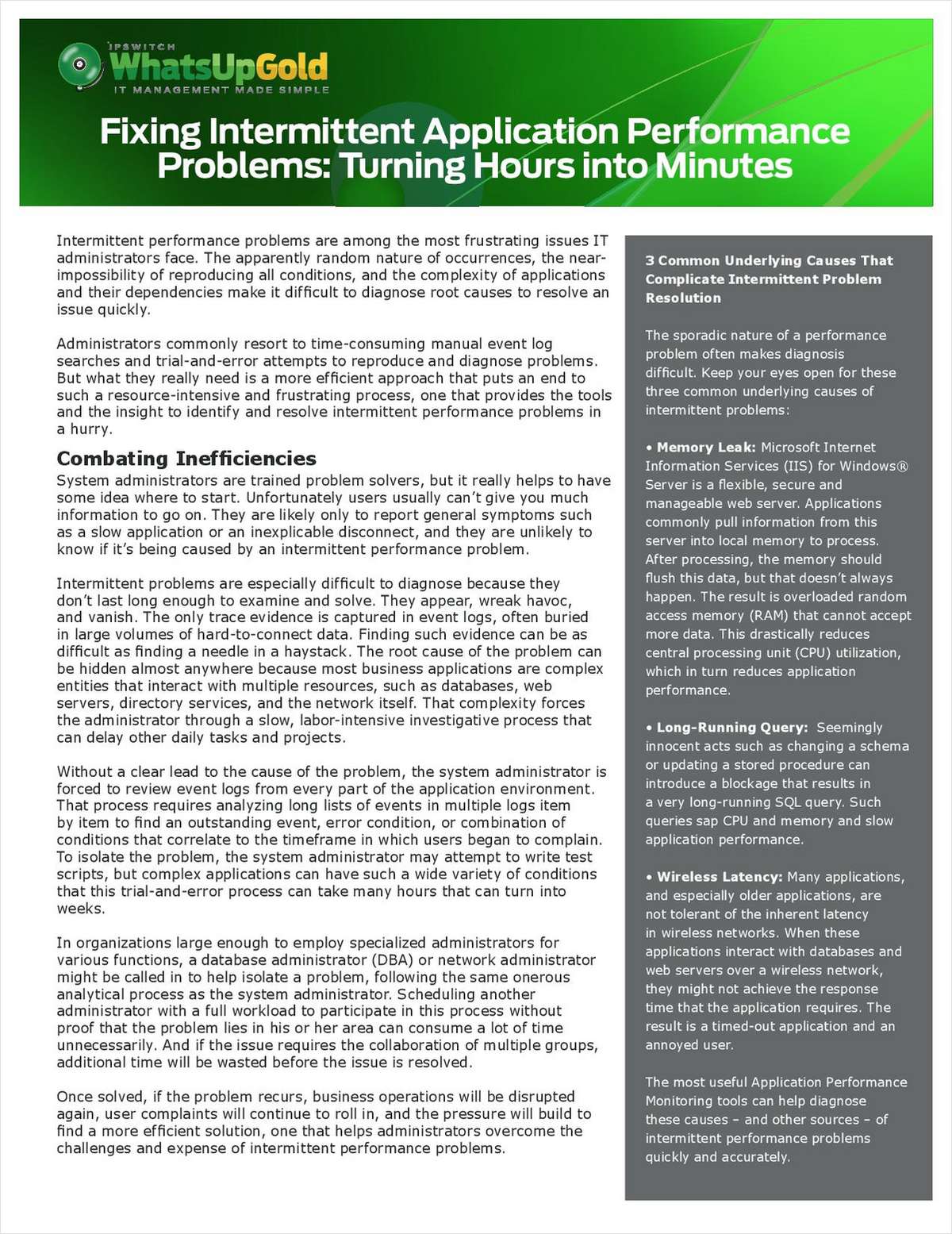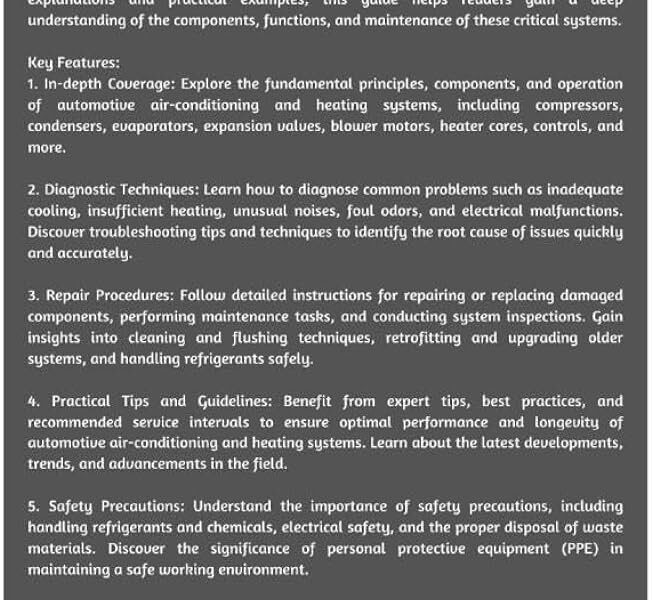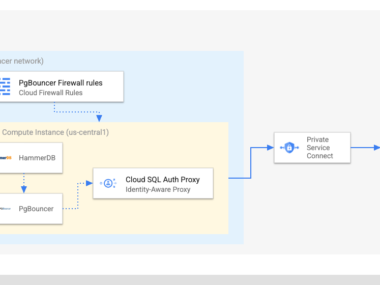Identifying Common Issues And Their Root Causes, Identifying common issues involves analyzing symptoms and tracing them back to their origins. Pinpointing root causes is crucial for effective problem-solving.
Also Read
Troubleshooting problems begins with a clear understanding of the symptoms present. Recognizing patterns in these symptoms often leads to uncovering the underlying issues responsible for the difficulties faced. This process is essential in every domain, from business operations to software development.
It ensures that solutions address the true source of the problem rather than just its manifestations. To systematically identify common issues, one adopts strategies such as root cause analysis, which relies on tools like the “5 Whys” or fishbone diagrams for diagnosis.
By focusing on these root causes, we not only solve immediate concerns but also put measures in place to prevent future recurrences, resulting in more stable and efficient systems. Therefore, strategies that drill down to the essence of the complications are valuable and in high demand across various industries.
Table of Contents
Recognizing Patterns Of Common Problems
Recognizing Patterns of Common Problems is like being a detective in the world of issues. It involves spotting clues and connecting dots. Once patterns emerge, solving problems gets easier. This part of the puzzle-solving process helps in diagnosing issues more effectively.
Signs of Recurring Issues
Repeated complaints often suggest a pattern. Watch for trends in feedback. They’re like puzzle pieces that show a picture of the issue. High-quality solutions come from understanding these signs.
- Customer feedback: Discontent voices repeating the same concern.
- Error logs: Check for frequent and similar error messages.
- Drops in performance: Look at reports showing declines at specific times.
Dotting these issues on a timeline can expose patterns. This visual can be a roadmap to root causes.
Categorizing Problems For Better Analysis
A table helps to sort issues into categories for clear analysis. Each category can point to specific solutions.
| Category | Description | Common Solutions |
|---|---|---|
| Technical | Problems with software or hardware | Update or replace components |
| Operational | Issues with processes or workflow | Redesign process steps |
| Human | Mistakes or lack of training | Provide training, review instructions |
Sorting problems can reveal hidden connections. It’s like a key unlocking the mystery of frequent issues.
Use analysis tools to see which categories have the most influence. Focus the efforts where the impact is greatest.

Credit: www.paperpicks.com
Root Cause Analysis Techniques
Understanding the root cause of an issue is crucial for effective problem-solving. Root Cause Analysis (RCA) techniques offer powerful tools. They unravel complex challenges in easy-to-understand terms. Let’s dive into some popular RCA methods.
The Five Whys Approach
The Five Whys Approach
The Five Whys Approach is a simple yet effective technique. It examines the cause-and-effect relationship behind an issue. It involves asking the question “Why?” five times or more until the root cause emerges.
- Identify the problem: Start with a clear statement of the issue.
- Ask why: Find out why the issue occurred.
- Probe further: Keep asking why to each answer given.
- Find the root cause: Arrive at the fundamental reason.
- Take corrective actions: Address the root to prevent recurrence.
Fishbone Diagram: Cause and Effect
Fishbone Diagram: Cause And Effect
The Fishbone Diagram is a visual tool. It looks like a fish’s skeleton. It maps out many possible causes of a problem. Experts also call it an Ishikawa diagram.
- Identify the problem at the fishhead.
- Map out main cause categories along major bones.
- List possible causes as smaller bones off the main ones.
- Analyze to find the most likely root cause.
Fishbone Diagrams help teams brainstorm about causes. They organize thoughts and provide a visual analysis of the issues.
Psychological Barriers In Problem Identification
Discovering the root of a problem is often challenging. Our minds create unseen walls. These psychological barriers are real. They hinder our ability to pinpoint what’s wrong. Let’s delve into how our own thinking might be the culprit and how to tackle this issue.
Cognitive Biases Affecting Judgment
Decisions and judgments come with their own set of biases. These cognitive biases can distort our perception. They lead us away from the actual source of our troubles. Here are common biases we might encounter:
- Confirmation Bias: This makes us favor information that confirms our existing beliefs.
- Overconfidence: When we overvalue our own abilities, we might overlook crucial details.
- Availability Heuristic: Here, we base decisions on the information most readily available to us, which may not be the most accurate.
Overcoming Resistance To Change
It’s human nature to resist change. This resistance can stall problem-solving. To move forward, acknowledging the need for change is critical. Here are steps to reduce this resistance:
- Education and Communication: Share valuable information to understand the change.
- Participation: Involve those affected in the decision-making process.
- Support: Provide help and resources to ease into the new changes.

Credit: www.reddit.com
Case Studies: Common Issues And Their Sources
Welcome to our deep dive into ‘Case Studies: Common Issues and Their Sources’. Mistakes happen in every industry. By exploring case studies, we can uncover patterns and triggers.
Here we focus on two core problem areas: business process failures and technology system breakdowns. Both can stall growth and harm stakeholders when unchecked.
Business Process Failures
Processes form the backbone of any business. Flaws here can spell disaster. We look at typical process-based issues below:
- Inconsistent Execution: Lack of standard procedures leads to unpredictable outcomes.
- Inadequate Training: Employees unaware of best practices can’t perform at peak levels.
- Poor Communication: Teams fail to stay on the same page, causing errors and delays.
Case examples highlight how evaluating and restructuring workflows can prevent future lapses and improve efficiency.
Technology System Breakdowns
Even the latest tech can falter. Here’s what often goes wrong:
| Issue | Common Source |
|---|---|
| Software Glitches | Outdated versions or incompatible software pieces |
| Hardware Failures | Overlooked maintenance or aged infrastructure |
| Security Breaches | Weak protection systems or employee negligence |
Studying tech failures teaches critical lessons in maintenance, updates, and training staff on emerging cyber threats.
Implementing Solutions And Monitoring Progress
So, you’ve spotted the issues and understand their root causes – congratulations! But what comes next? It’s time to put those findings into action with Implementing Solutions and Monitoring Progress. This phase turns insight into impact, ensuring that solutions not only address the immediate problems but also pave the way for sustained improvement.
Developing Actionable Steps
Actionable steps transform your strategic vision into a practical roadmap. Consider crafting a checklist to keep tasks organized and understandable:
- Determine priority: Rank issues based on impact and urgency.
- Allocate resources: Identify team members, budget, and tools needed.
- Set milestones: Break down the solution into achievable tasks with clear deadlines.
Use a simple table to distribute responsibilities and track deadlines:
| Task | Owner | Deadline | Status |
|---|---|---|---|
| Update Website Content | Content Team | April 15, 2023 | In Progress |
Tracking Improvements Over Time
Continuous monitoring ensures your solutions yield the desired outcomes. Embrace tools and techniques for tracking improvements over time:
- Set up key performance indicators (KPIs) to measure success.
- Review regularly: Schedule weekly or monthly check-ins.
- Adjust your strategy as needed to maintain momentum towards goals.
A progress chart offers a clear visual of improvements:
| Month | KPI 1 | KPI 2 | Overall Progress |
|---|---|---|---|
| March 2023 | Improved by 10% | Increased by 5% | +7.5% Overall |
Preventive Strategies And Best Practices
Fixing problems is good, but stopping them from happening is even better. Smart moves can save time and money. Let’s dive into ways to stop issues before they start. Here are key strategies and the best practices to follow.
Building A Proactive Culture
A proactive culture spots problems early. It stops them from growing bigger. This needs teamwork and a forward-thinking mindset. A team like this always looks to improve. Training for staff is a must.
- Set clear goals: Everyone knows what to aim for.
- Regular training: Skills stay sharp.
- Open communication: Ideas and concerns get shared without delay.
- Feedback loops: Lessons turn into action.
Tools and tech can help too. They track things and show data to make smart choices. A dashboard for the whole team can highlight where things might go wrong. It shows where we need to focus.
Learning From Past Challenges
Old problems teach valuable lessons. They show where things broke down. They show how to fix them. They guide us to do better next time.
| Challenge | Lesson Learned | Action Taken |
|---|---|---|
| Sales drop | Need better market research | Start a monthly trend analysis |
| High staff turnover | Improve work culture | Launch a team-building program |
Documenting these lessons is key. Use a shared space for keeping records. It lets the whole team access past challenges and solutions. It ensures everyone is on the same page.
Organizations that apply these strategies stand the best chance of thriving. They face fewer issues. They respond faster when problems do occur. Follow these steps to build a business that stays ahead of the curve.

Credit: www.tableau.com
Frequently Asked Questions For “identifying Common Issues And Their Root Causes”
How Do You Identify The Root Cause Of A Problem?
To identify the root cause of a problem, collect data, analyze patterns, employ cause-and-effect techniques, use root cause analysis tools like the 5 Whys or fishbone diagram, and validate your findings.
What Is An Example Of A Root Cause And Issue?
A root cause is the main reason behind a problem, like a flawed design leading to product failure. An issue is the result of the root cause, such as the product frequently breaking down.
What Are The Root Causes Of The Issue?
The root causes of the issue typically stem from systematic failures, human error, or a combination of both, often influenced by external factors or internal oversights.
What Are Some Common Root Causes?
Common root causes include lack of training, poor communication, inadequate resources, system failures, and human error. Addressing these issues can significantly improve performance and outcomes.
Conclusion on Identifying Common Issues And Their Root Causes
Understanding common issues and their origins is vital for successful problem-solving. By pinpointing root causes, we effectively prevent recurrence and promote sustainability. Always remember that addressing the core problem enhances efficiency and long-term success. Embrace this approach for continuous improvement in all endeavors.
Keep digging deep — the solutions lie within the roots.












